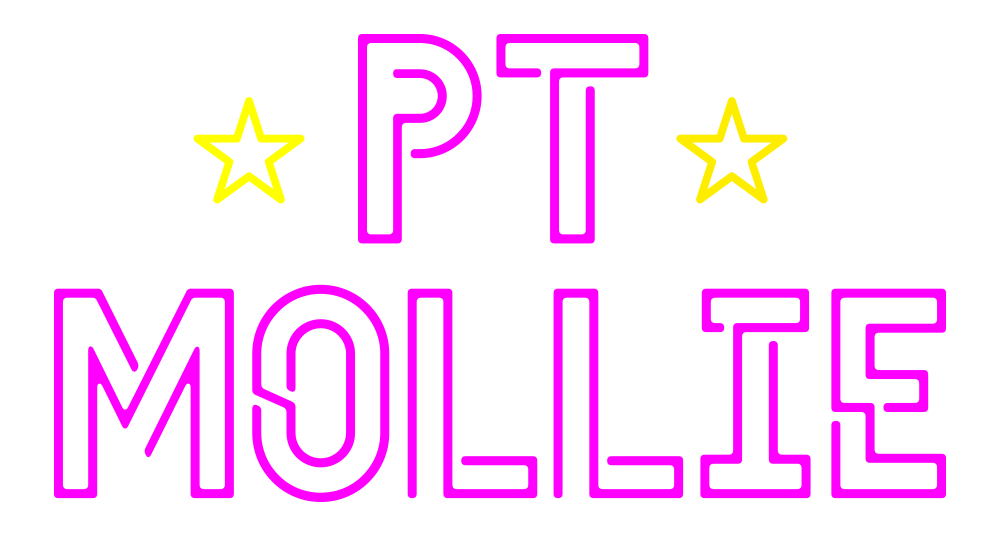by Admin User | Nov 29, 2018 | outdoors, product review
As part of the Decathlon Bloggers’ Community, I was very happy to take part in their recent #sportforeverybody campaign. We wanted to demonstrate that anyone, no matter what there size or shape, is able to over their body in a way they enjoy. Most people think...
by | Nov 29, 2018 | outdoors, product review
As part of the Decathlon Bloggers’ Community, I was very happy to take part in their recent #sportforeverybody campaign. We wanted to demonstrate that anyone, no matter what there size or shape, is able to over their body in a way they enjoy. Most...
by | Oct 25, 2018 | health, holistic, outdoors, product review
Urban forestThis weekend I had the pleasure of attending Wild and Well Festival in Bristol. It offered four different themes: Move, Explore, Connect and Eat, with workshops, panel discussion, fitness classes, and demonstrations across five venues. For...
by Admin User | Oct 25, 2018 | health, holistic, outdoors, product review
Urban forestThis weekend I had the pleasure of attending Wild and Well Festival in Bristol. It offered four different themes: Move, Explore, Connect and Eat, with workshops, panel discussion, fitness classes, and demonstrations across five venues. For...

by | Jul 27, 2018 | outdoors, product review, running, travel
This summer, nearly 1000 runners of all shapes, sizes and abilities descended upon the Gower Peninsula in Wales for three days of running, sunshine, beers, and music at the aptly named Love Trails Festival (LTF). I had wanted to go last year, but there were a few...
by Admin User | May 8, 2018 | Kilimanjaro, outdoors, product review
Packing for Kilimanjaro was a process that took months. I did tons of research, checking packing lists by various trekking company’s suggestions, reading books, and talking to other people who have experienced Kilimanjaro. Of course, there was about...

